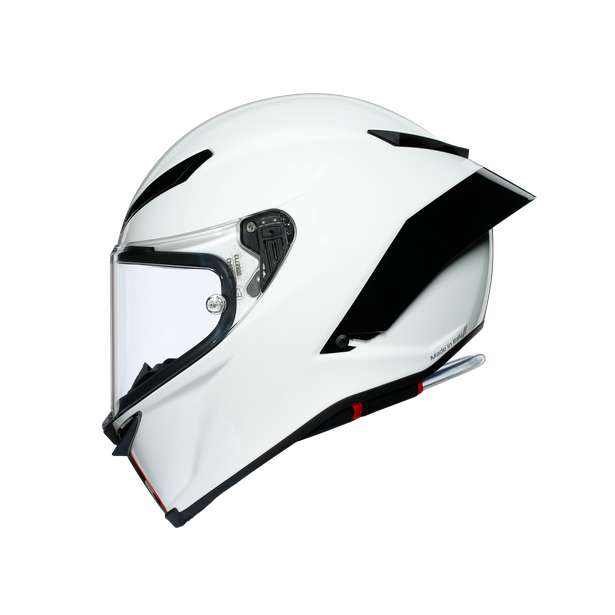Motorcycle helmets will have to pass stringent testing procedures to receive the new ECE 22.06 safety rating.

While purchasing a helmet it is crucial to ensure that you get the right fit. It is also equally important to know its safety rating and that is why you should know about ECE 22.06 that replaces ECE 22.05. ECE stands for ‘Economic Commission for Europe’ and it was created under a United Nations agreement in 1958. Regulation 22 or ‘ECE 22.05′ as it is popularly known is a relatively newer part of that agreement that caters to safety ratings for crash helmets.
ECE 22.05 is a popular safety rating all over the globe and is used by most leading helmet manufacturers. Their tests involve headforms, anvils, impacts, sensors and a load of other equipment that beep and display graphs to simulate a variety of scenarios. While that is impressive, it is almost two decades old now. Fortunately, within the next two years, ECE 22.06 will be here and testing procedures are going to become more stringent than ever.
One of the biggest changes will be the impact testing. Currently, a sensor-rich headform is placed inside the helmet during the tests to measure the exact forces transmitted to various parts of the headform. One of these tests include dropping the helmet at a preset speed onto an anvil with parameters that result in simple pass/fail results. With ECE 22.06, the tests will be done across a wider spectrum of speeds and information will be collected from multiple points on the helmet. In addition to preparing for a larger variety of accidents, it will also look at what effects such crashes will have on the delicate human brain. Especially because, in some cases, it is possible to receive serious brain damage even if your skull has remained intact after the accident. The other significant changes are more specific to different types of helmets and their respective accessories. For example, modular helmets and integrated sun visors.
ECE 22.06 now awaits the United Nations’ vote and was scheduled to take effect around June 2020 (could be delayed due to the COVID-19 outbreak). Once passed, retailers are expected to have a maximum of two years to sell ECE 22.05 products. Of course, with this improved safety standard, it is safe to expect a proportionate increase in prices as well.
Readers please note that the ECE 22.06 regulations are for European countries. While it may (and we hope) come to India in the future, we do not have an exact timeframe for that event. So, if you are keen on getting your hands on a new ECE 22.06 helmet, you will have to import it.
Story: Joshua Varghese
Source: motorcyclenews.com


Leave a Reply